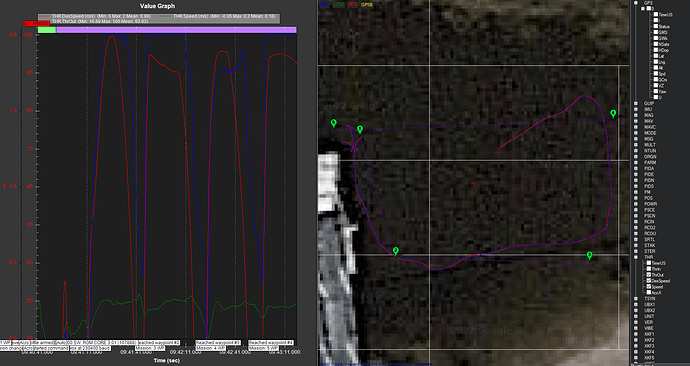Building a boat with a Matek F405-HDTE, and trying to get the motors and servos wired up. Using the latest software and firmware (dev version of firmware). We were using skid steering, started off with LN298N motor drivers, and recently ditching them for ESC controllers due to lack of support. The ESC drivers work good. The project is a boat with skid steering, the plan is to use servos 1 and 3 as it states:
https://ardupilot.org/rover/docs/rover-motor-and-servo-configuration.html
So I have used ArduPilot enough to know how to get around a bit. I wired up the motors like so:
1 = throttle left
2 = motor 1
3 = throttle right
4 = motor 2
I have stumbled across the revelation that motor 1 = motor A (and 2=B, 3=C, 4=D) in the motor test window. I have also stumbled across the fact that if a servo has been dedicated to another purpose in the config screen, then it is unavailable in the Data: Servo/Relay screen.
If I plug my motors into servo 2/4 (motors 1/A, and 2/B), then they work fine. Is it possible to operate the motors dedicated to throttle left/throttle right from within ArduPilot? We do not have (nor plan to have), a radio/joystick.
Thanks

